Welcome to your Pranayama Learning Journey!
This beginner guide is designed to describe all major aspects of Pranayama from its origin (what it is, its History, the science behind it, Types) to its immense benefits, to a correctly practicing guide.
The anatomy is complex but, you can easily understand the basics and even a small but correct knowledge of pranayama can make a big difference.
Combine this information with your practice & you are well on your ultimate path of yoga.
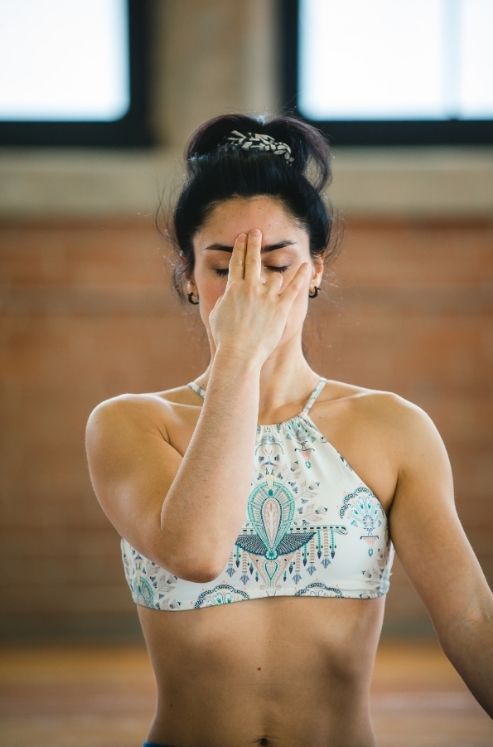
Explore the Chapters
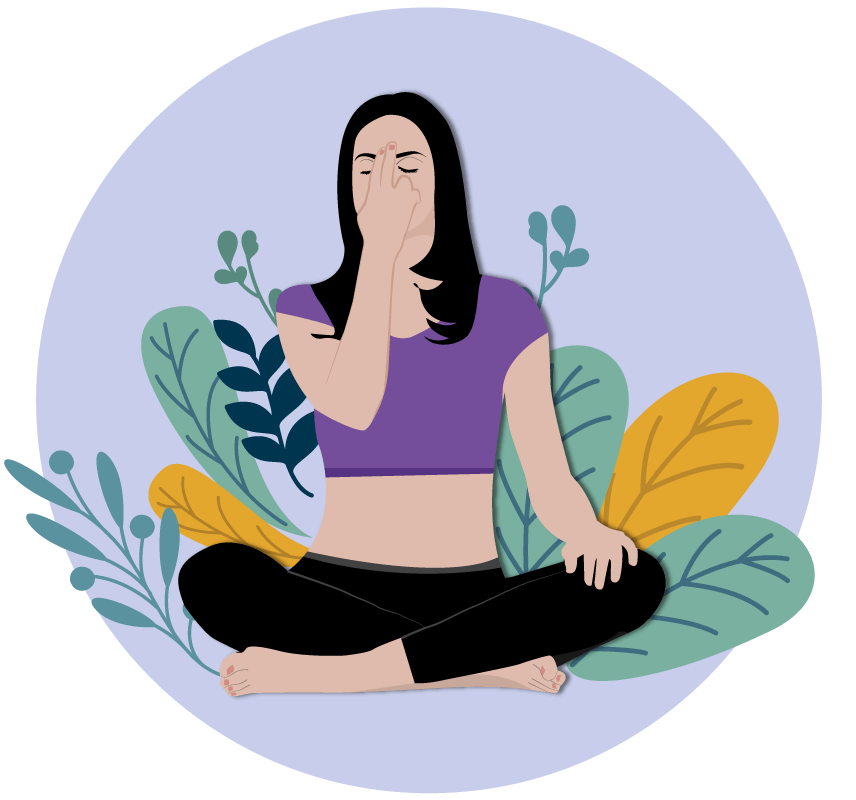
CHAPTER 1: Introduction
What is pranayama & Why it’s important? Pranayama History & Beginner guide to start off right.
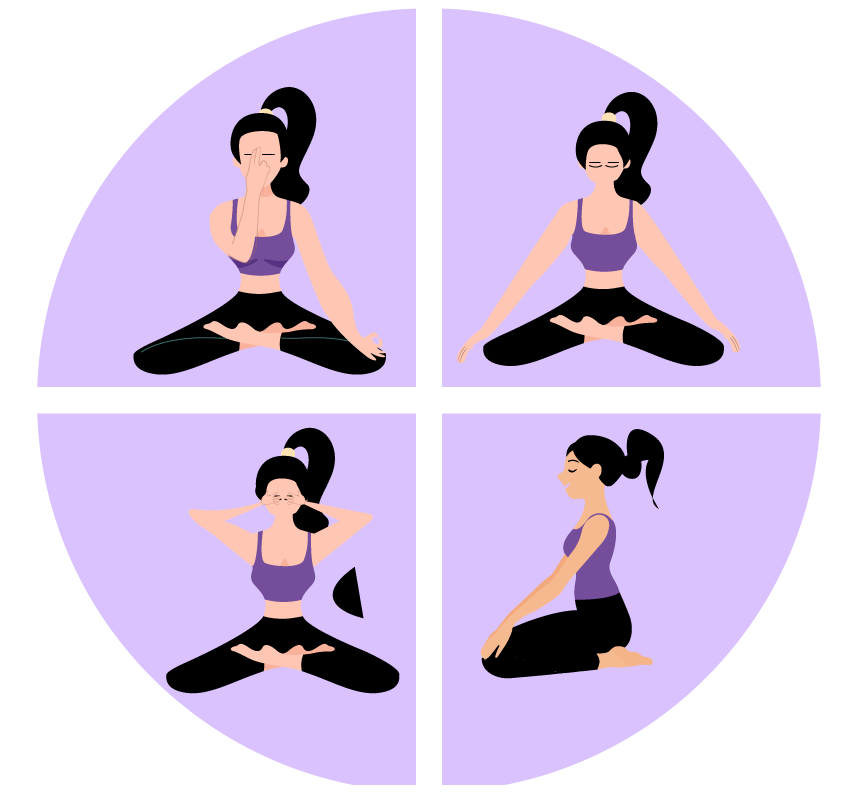
CHAPTER 4: Classical Pranayama
Apart from many types of pranayama, 8 classical pranayama are mention in HYP.
What is Pranayama
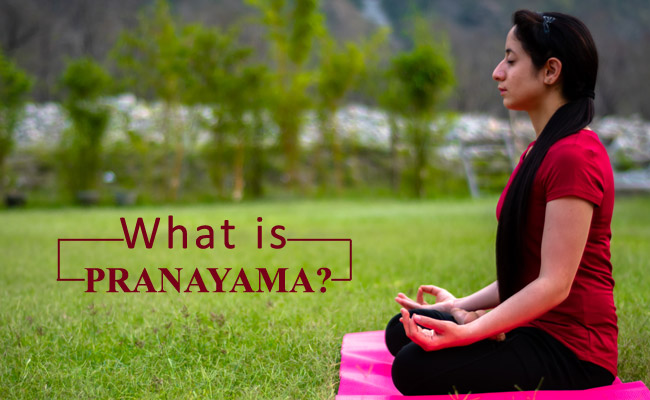
Pranayama is the part of yoga that deals with breathing exercises to let us take control over the Prana (vital life force). While Prana can be understood as the source and cause of movement in our breathing.
The whole concept of Pranayama is based on the link between breath and mind. Breath is said to be the vehicle of the mind, when the breath is slow and deep, the mind happens in its calm state.

Pranayama Meaning
The meaning of pranayama can be understood by breaking it into two ways;
- Pranayama – Pran + Ayama
- Pranayama – Prana + Yama
In both cases, Pran & Prana defines the same entity i.e. vital life-force while Ayama means expansion and Yama means control.
According to the first translation (Pran + Ayama), Pranayama means expansion of life-force. By means of expansion, it’s conveyed, Pranayama increases the store to reserve the Prana inside the body by activating it to a higher frequency.
The second translation, however, tells the way pranayama works.
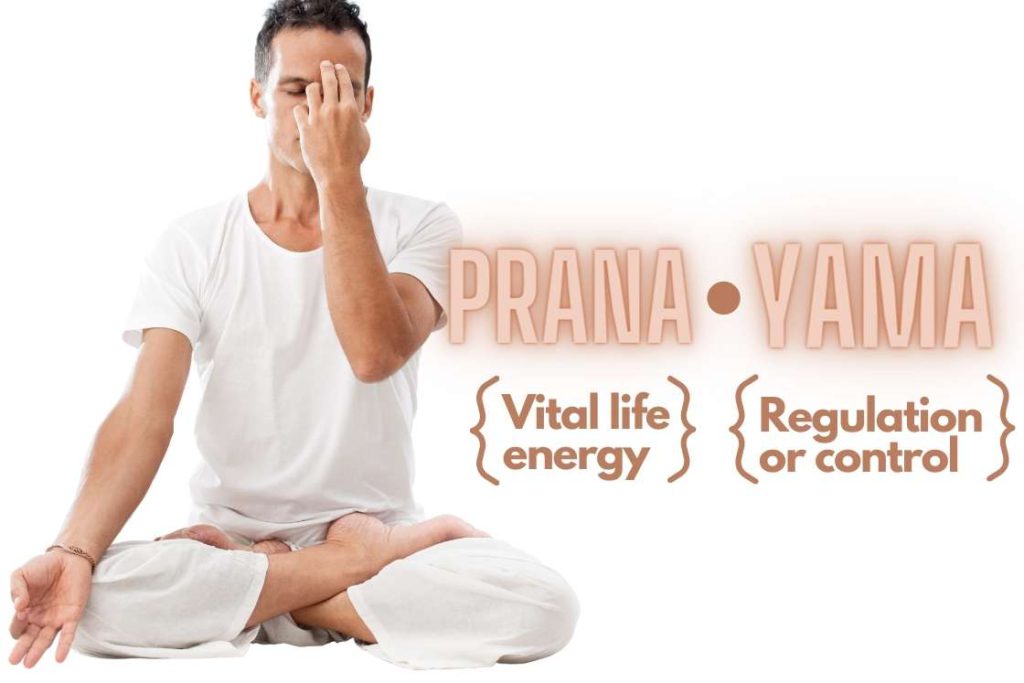
According to it, Pranayama means the technique of controlling the Prana. In pranayama practice, by means of controlled inhalation, exhalation, and retention, the purpose is to create an extended space for energy in the form of Prana.
However, interpretations are different, if you will observe, both pranayama meanings serve the same purposes i.e. getting control of breath to expand prana in the body.
What exactly is Prana?
Prana shouldn’t be misunderstood with THE breath but breath is an instant source of Prana.
In his book, The Science of Pranayama, Sri Swami Sivananda says;
Prana is not exactly the breath, but it is named for ‘Energy in the universe, which causes motion of breath’. Whatever in the universe, moves, works, or has life is the manifestation of Prana.
Pranayama breathing exercises are tools to increase the store of Pranic energy by enhancing the quality of breathing or the way we normally breathe.
There are 5 types of Prana we control by practicing pranayama:
- Prana Vayu – The Vayu or breath we take in through nostrils.
- Apana Vayu – The Vayu or breath we expel out.
- Samana Vayu – The Vayu or breath which remains in the lungs and stomach after full exhalation.
- Udana Vayu – The Vayu or breath is responsible for movements in our limbs and our thought process.
- Vyana Vayu – The Vayu or breath that distributes energy throughout the whole body & mind.
Before Pranayama Tips
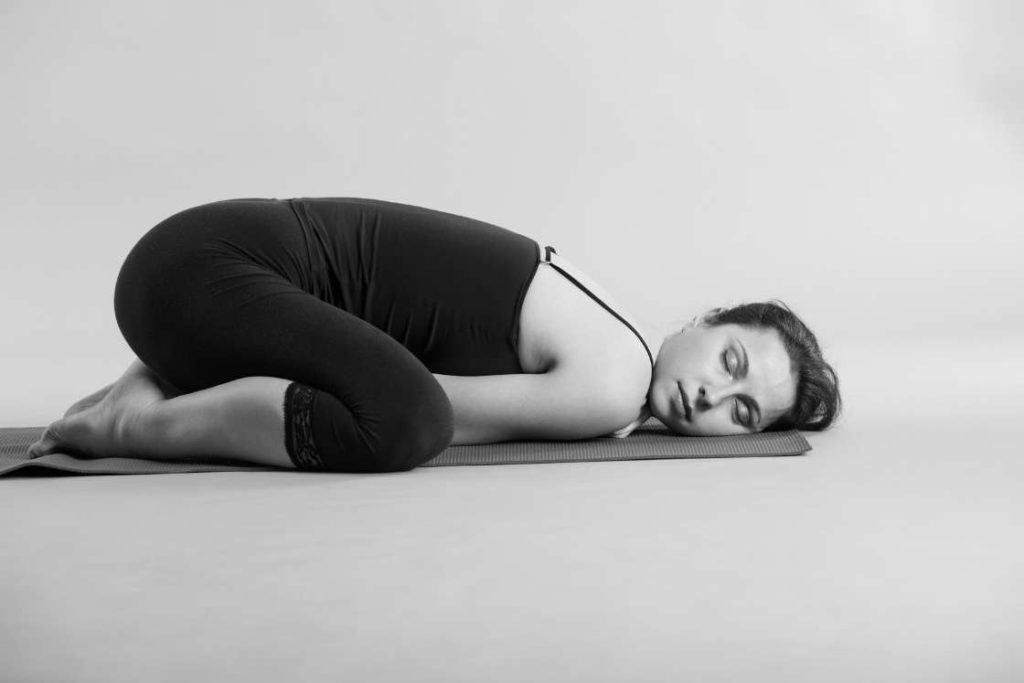
Pranayama comes at the fourth step in Patanjali’s eight limbs of Yoga. According to the yoga sutra, before pranayama, Yamas (social ethics), Niyama (personal ethics), and asana (physical posture) should be mastered. Indeed, only when a yogi is fully established in asanas and having control of the body, is considered pranayama practice effective.
Yoga asanas are meant to make us aware of the whole bodily movements at the physical level while pranayama makes us realize the cause of those body movements (mentally).
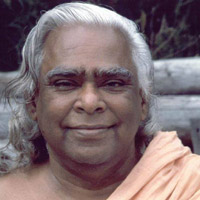
Pranayama is the link between the mental and physical disciplines, While the action is physical, the effect is to make the mind calm, lucid, and steady.
~ Swami Vishnu-Devananda (a disciple of Sivananda Saraswati)
The importance of Pranayama after asana can be understood using this analogy;
Consider the physical body is like a plastic bottle which contains some water. The water inside a plastic bottle is like the Prana within the physical body.
The stability of water inside the plastic bottle depends upon the balance of the bottle itself. If a bottle is not steady, water will stir inside the bottle. In the same way, Prana can’t stabilize (through Pranayama) until and unless the physical body is stable (through Asana).
Therefore, the practice of asana is very important before pranayama.
In simplest words, practicing pranayama is not different from letting watch your breath very consciously. So before you begin practicing any pranayama, you need to keep your time, place, posture, and physical condition in mind.
Keeping such basic things in mind before practicing pranayama can help you reap the maximum benefits.
Here are a few things to watch;
- See if your back is straight, the chest is expanded well, and all body muscles are relaxed. If comfortable sit in a meditative pose like ‘easy pose’ or ‘lotus pose’, if not comfortable in a cross-legged pose, sit on a chair. A good posture is necessary for breath management, volume, and resonance.
- Take a few deep gentle breaths after getting comfortable in your sitting posture. Ensure your breathing is happening at the normal rate; neither fast nor slow.
- Check if both your nostrils are flowing equally by placing a finger at the bottom of the nostrils. It’s preferred to practice pranayama at Brahma muhurta (an hour and a half before sunrise) because this time both nostrils flow equally and Prana without much effort flows through Sushumna Nadi.
- Make sure before practicing any pranayama your bowel and bladder are empty. There must be a gap of at least 4 to 6 hours between your last meal and pranayama practice.
- Check your room if it’s well-ventilated or not. If not, go for some open space like upstairs or ground where the air is fresh enough.
8 Classical Pranayama
Patanjali mention ‘8 Kumbhakas’ / Pranayama in Hatha Yoga Pradipika. These 8 traditional Pranayama are combinedly called ‘Sahita Pranayama’ (which requires effort to perform).
Apart from traditional pranayama exercises, there are many other pranayama breathing practiced by yogis. One can try different pranayama keeping their needs and expertise level in mind.
For example: A beginner should never try pranayama which demands holding the breath for an extended period like Murcha & Plavini.
However, a few pranayama techniques can easily be performed by a new practitioner. Such breathing exercises don’t require any expertise in breath control.
For example Alternate nostril breathing (Nadi Shodhan Pranayama), Anulom Vilom, Kapalbhati, & Sama Vritti are easy to perform, hence a beginner can try!
Pranayama For
Breathing exercises according to your problem
or
Ask a Health Related question >> (I will personally reply you)
Benefits of Pranayama
Enhanced quality of Prana is the only reason you feel supercharged after practicing pranayama. Physically following things make pranayama a good therapeutic practice;
- Some Pranayama messages various brain centers and control insulin hormone secretion – Beneficial in diabetes treatment.
- Slow breathing exercises activate the parasympathetic nervous system (rest and digest function) and lower the production of the stress hormone cortisol.
- Practicing deep pranayama breathing in headache releases excessive tension in muscles like the neck & upper chest. It gives relief from a tension headache.
You can read more scientifically-proven benefits of pranayama by clicking here!
History of Pranayama
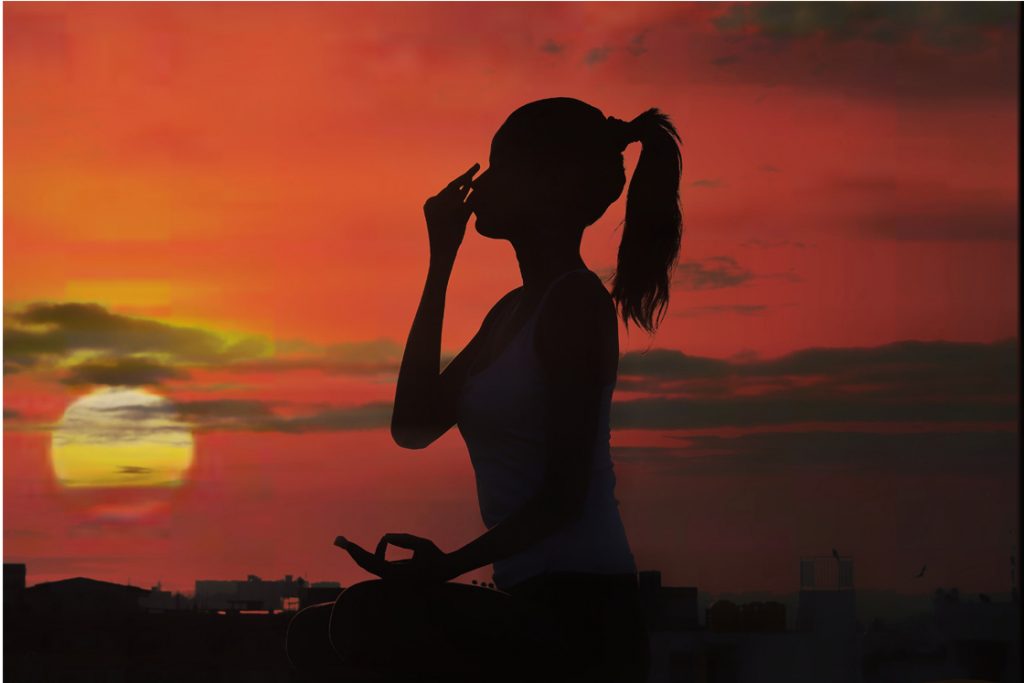
The description of different breathing exercises of pranayama can be seen in ancient Hindu texts which are dated around 6000 years ago.
Ancient yogi’s very basic idea behind inventing different pranayama techniques was to increase the vitality and life span. Yogis of ancient times observed the relation between breath counts and the individual lifespan of creatures in nature. It made them realize, controlling breath counts can be a good idea to increase the life span. This is why Swami Sivananda has said:
A yogi measures the span of life by the number of breaths, not by the number of years.
~ Swami Sivananda
Here are some ancient scriptures which give an idea of pranayama history;
1. Chandogya Upanishad
Chandogya is one of the oldest Hindu Upanishads in which the use of the term ‘Prana’ happened. It was used before the introduction of the term ‘Pranayama’ anywhere in history.
Chandogya Upanishad describes:
‘Prana’ used as a weapon by Gods against demons in the war. When all the body & sense organs on deity’s request get failed to stand against evils in the war, Gods revered the ‘Prana’. Demons weren’t able to take a stand against Prana.
The superiority of ‘Prana’ makes it the lord of all body as well as sense organs. It didn’t get affected by good or bad (God or Evil) in war.
Through breath regulation in pranayama, one can control the Prana and so all body organs, senses, and mind.
In this text, The energy of Prana (pranic energy) also equated with the energy of the sun. This is the reason, with austerity or tapas (by yogic practices) body is able to generate heat in the body (like sun energy).
2. Bhagavad Gita
The practice of Pranayama is also described in different verses of Bhagavad Gita.
Bhagavad Gita elaborates nature of inhaling & exhaling breaths. It also describes how controlling inhale and exhale can help one to flow awareness at a deep level. Bhagavad Gita chapter 5 highlights how one can control the five senses, mind, and intellect by practicing pranayama.
3. Maitrayaniya Upanishad
Maitrayaniya Upanishad composed around 4th century BCE, highlights Pranayama at the first step in the six-fold yoga path.
In the Maitrayaniya Upanishad, it’s explained that the regular practice of Pranayama and concentration on the sacred syllable OM directs ‘Prana’ through the central energy channel (Sushumna Nadi). When Prana flows through Sushumna Nadi, Kundalini energy activates in the body.
Six-fold yoga path worked as resurfacing for Patanjali’s Yoga Sutra which later composed in the 2nd century BCE.
Pranayama in Yoga Sutra
Yoga sutra of Patanjali (YSP) is the first yogic text in which the nature of breathing and pranayama guidance has been described beautifully. However, Patanjali defined everything about pranayama and its importance in 5 sutras of chapter 2.
Sutra 49 – Pranayama definition
Yoga sutra Chapter 2 Sutra 49 is on the Pranayama definition;
Tasminsati shwasaprashwasayorgativicchedaha pranayamaha ~ 2.49
Having established oneself in a steady and comfortable seated asana, controlled disruption or suspension of inhalation and exhalation is defined as pranayama.
Sutra 50 – 3 Breathing stages regulated by pranayama
After defining Pranayama, sutra 50 explains three stages of breathing i.e. inhale (purak), exhale (rechak), and retention (kumbhak), and how pranayama regulates it in 3 ways.
Bahya bhyantara stambha vrittih desha kala sankhyabhih paridrishto dirgha sookshmah. ~ 2.50
Pranayama has three aspects of external or outward flow (exhalation), internal or inward flow (inhalation), and the third, which is the absence of both during the transition between them and is known as fixedness, retention, or suspension. These are regulated by place, time, and number, with breath becoming slow and subtle.
Sutra 51 – The fourth pranayama
This sutra describes the fourth pranayama which is beyond three pranayamas i.e. inhale, exhale, and breath retention. According to this sutra, fourth pranayama comes after working with the three pranayamas and happens all by itself without any effort.
bahya abhyantara vishaya akshepi chaturthah ~ 2.51
The fourth pranayama is that continuous prana which surpasses, is beyond, or behind those others that operate in the exterior and interior realms or fields.
Sutra 52 – Fourth pranayama results in inner illumination
This sutra is about the immense benefits pranayama gives us and how it vanishes the curtain that keeps us separated from the inner light.
tatah kshiyate prakasha avaranam ~ 2.51
Through the fourth pranayama, the veil that covers the inner illumination or light is thinned, diminishes, and vanishes.
Conclusion
Breathing is the greatest pleasure in life. No wonder in this how important it’s to improve the way we breathe unconsciously.
Pranayama is a whole branch in yoga dedicated on breathing. To live every moment of life consciously, you should definitely perform pranayama breathing.
Latest Pranayama Blog
- Bhramari Pranayama (Humming Bee Breath)
- Vyana and Udana Vayu: Functions, Imbalance Signs and How to Balance
- Sitkari Pranayama (Hissing Breath): Steps, Benefits & Precautions
- Pranayama for Diabetes: 5 Breathing Techniques and How They Help
- Dirgha Pranayama (Three-Part Breathing): Steps, Benefits & Precautions
- Murcha Pranayama: Steps, Benefits and Precautions
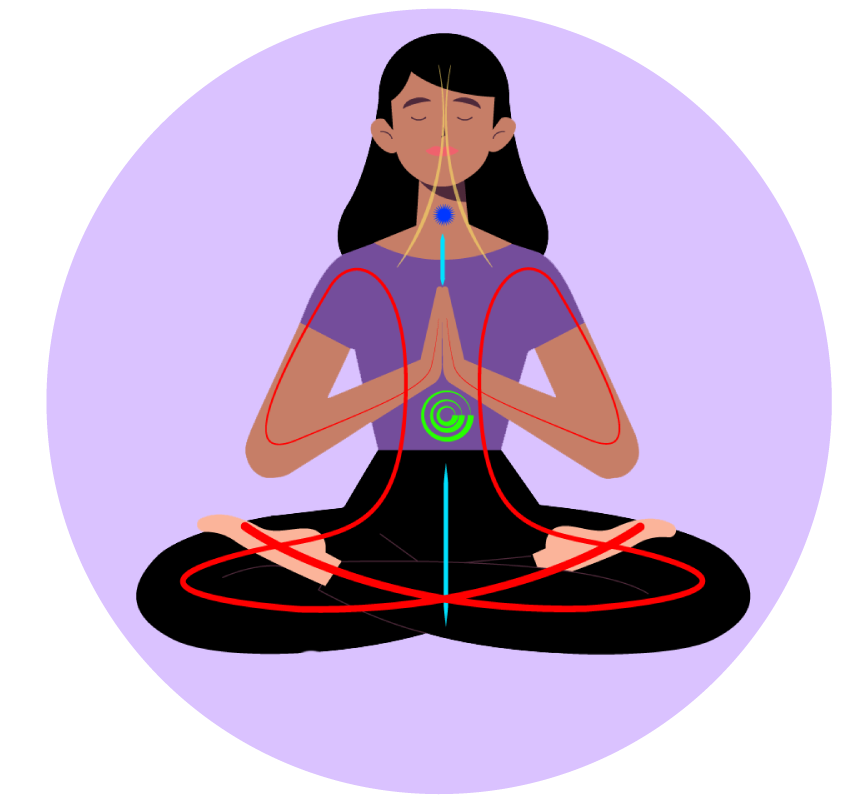
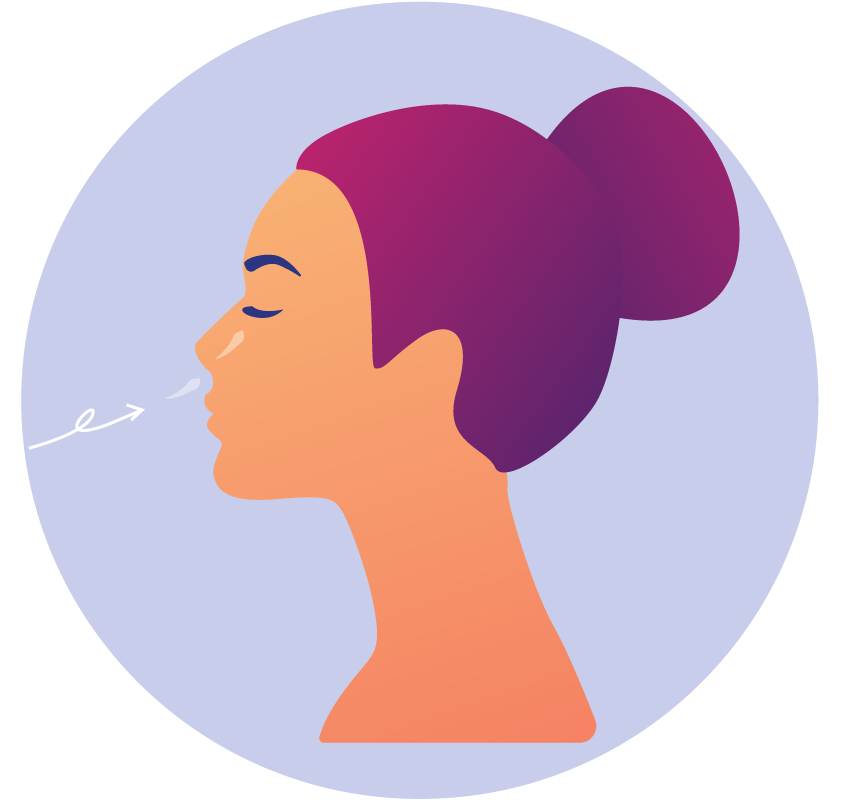
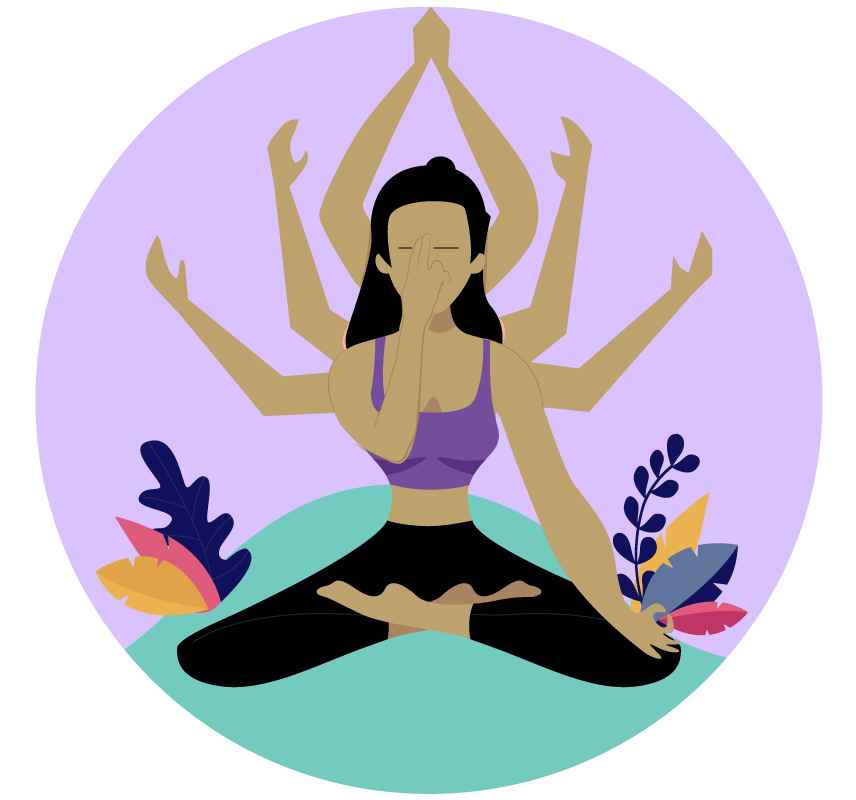

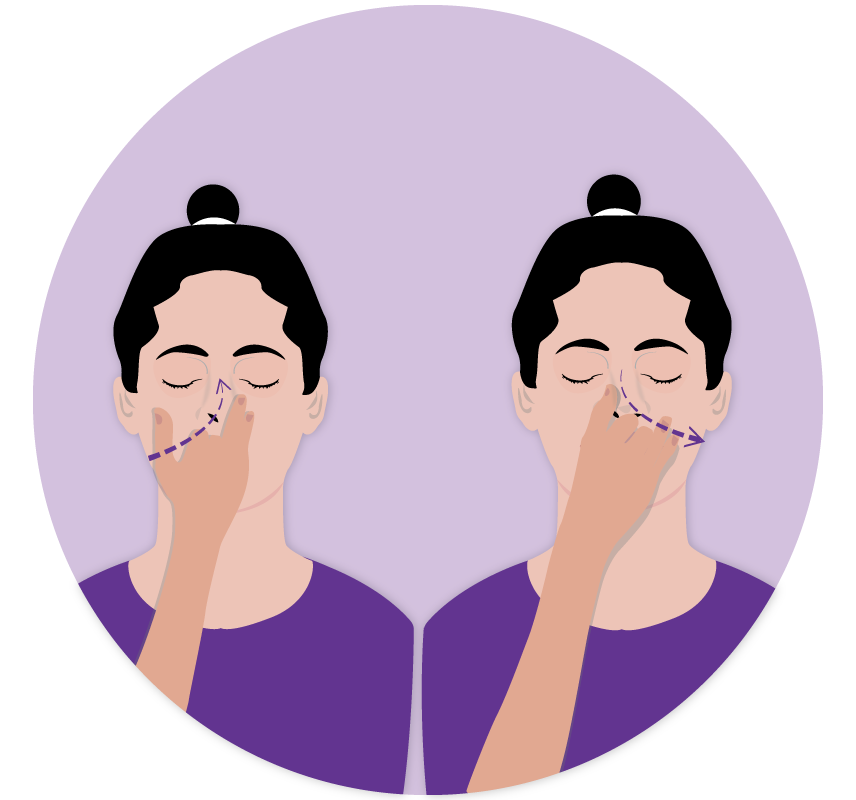
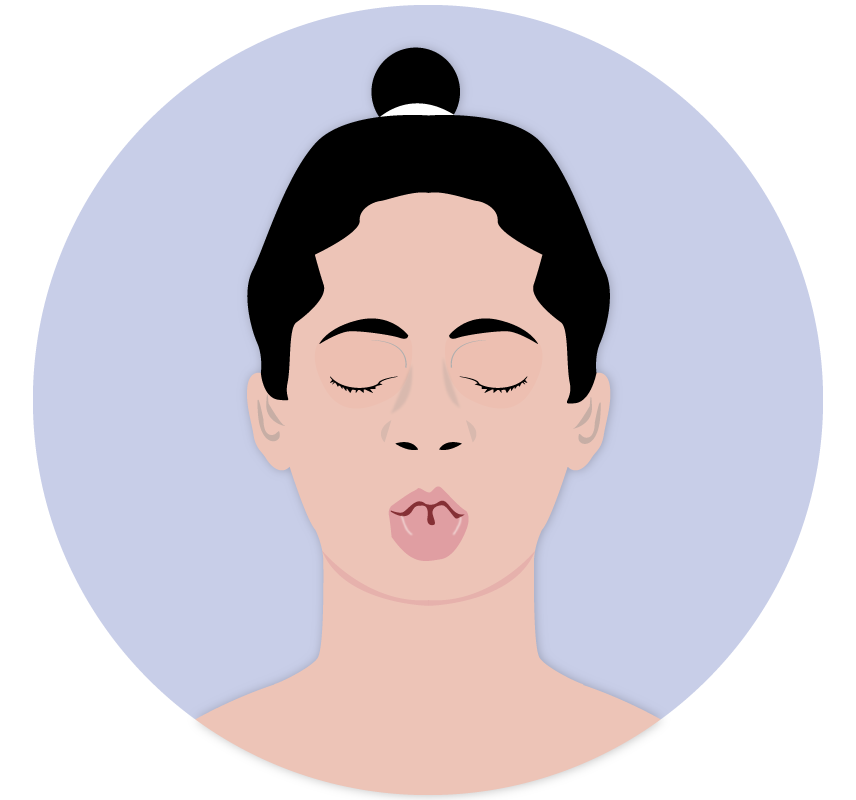
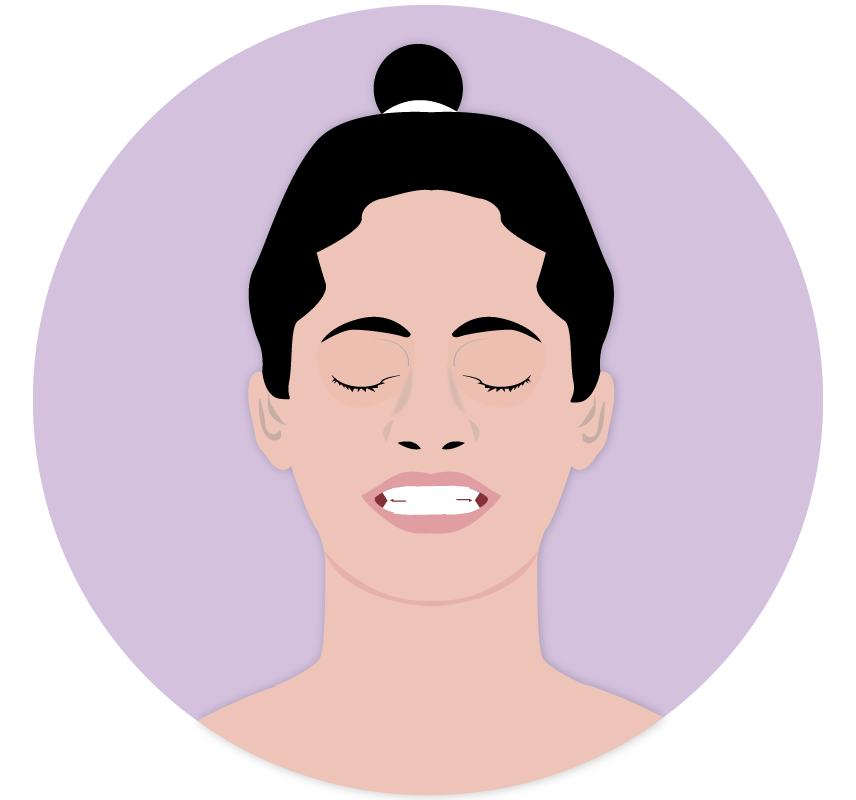
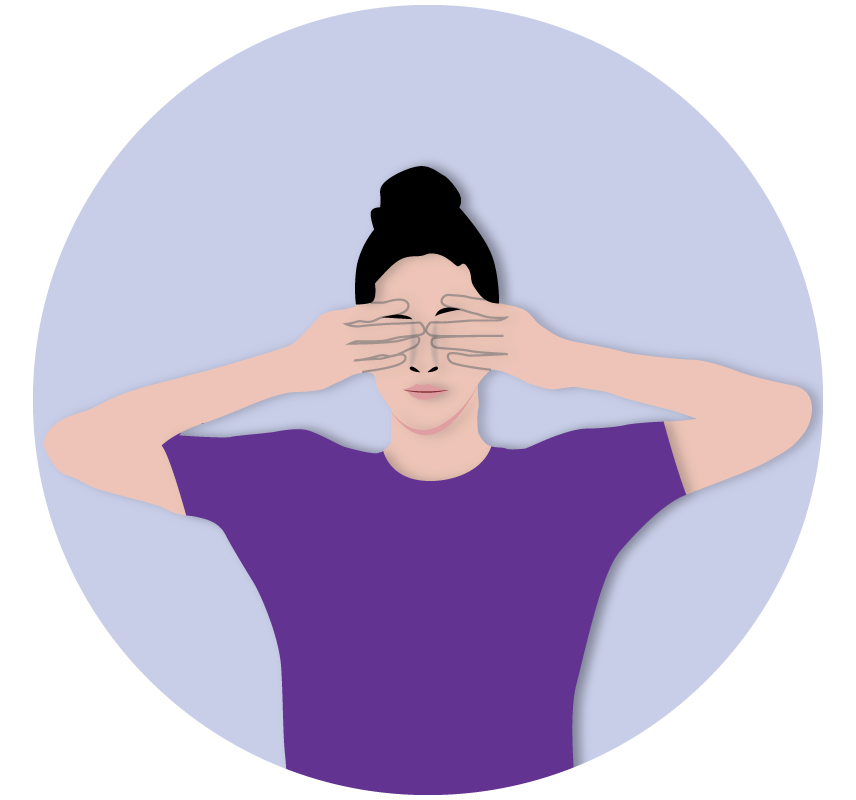
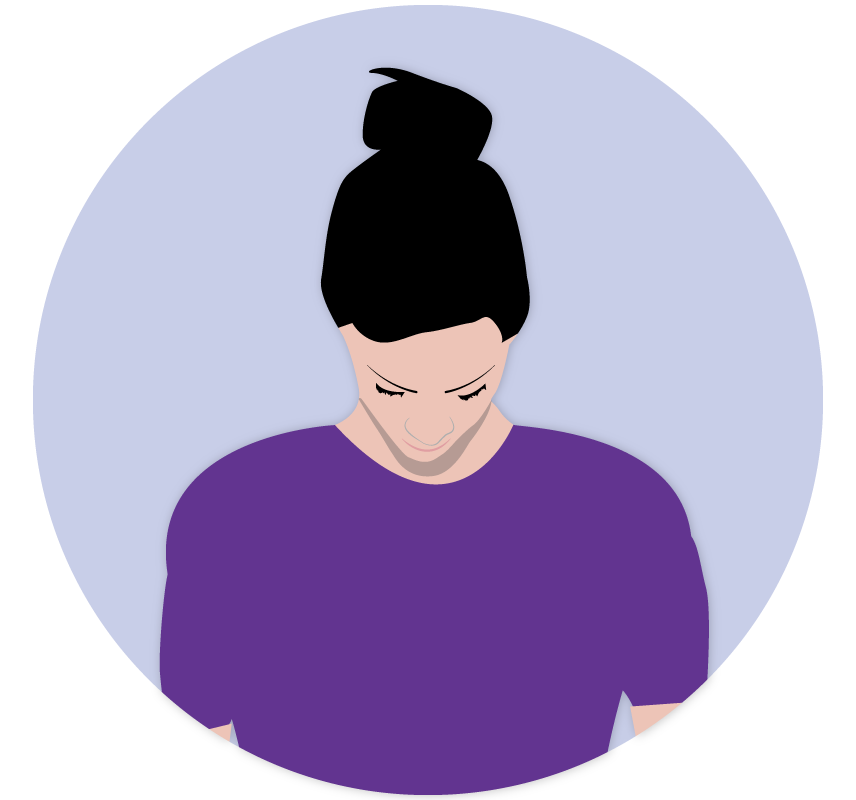
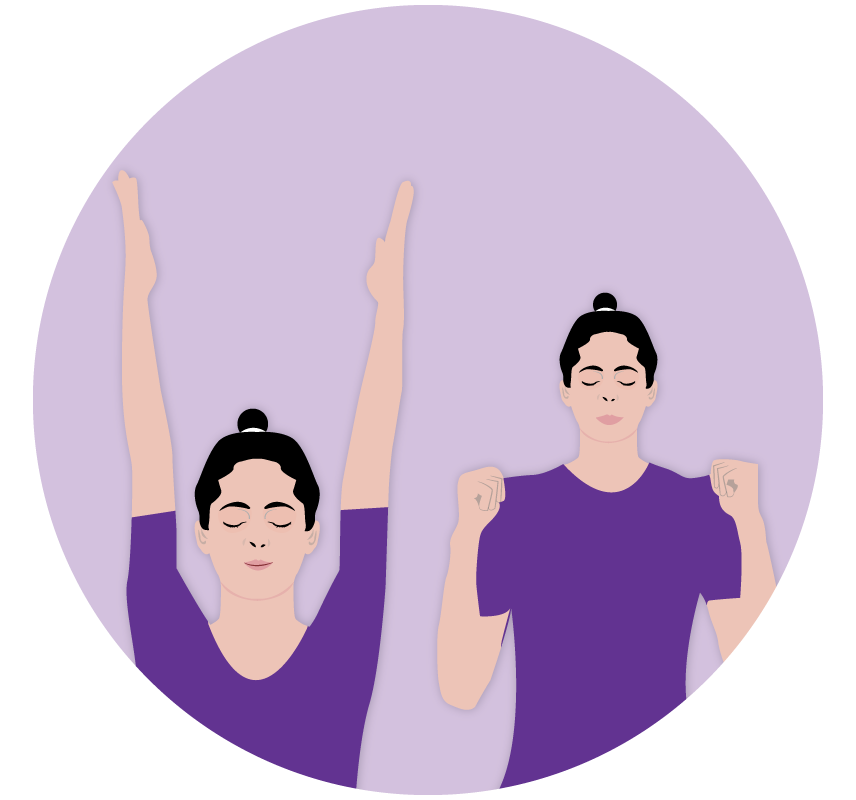
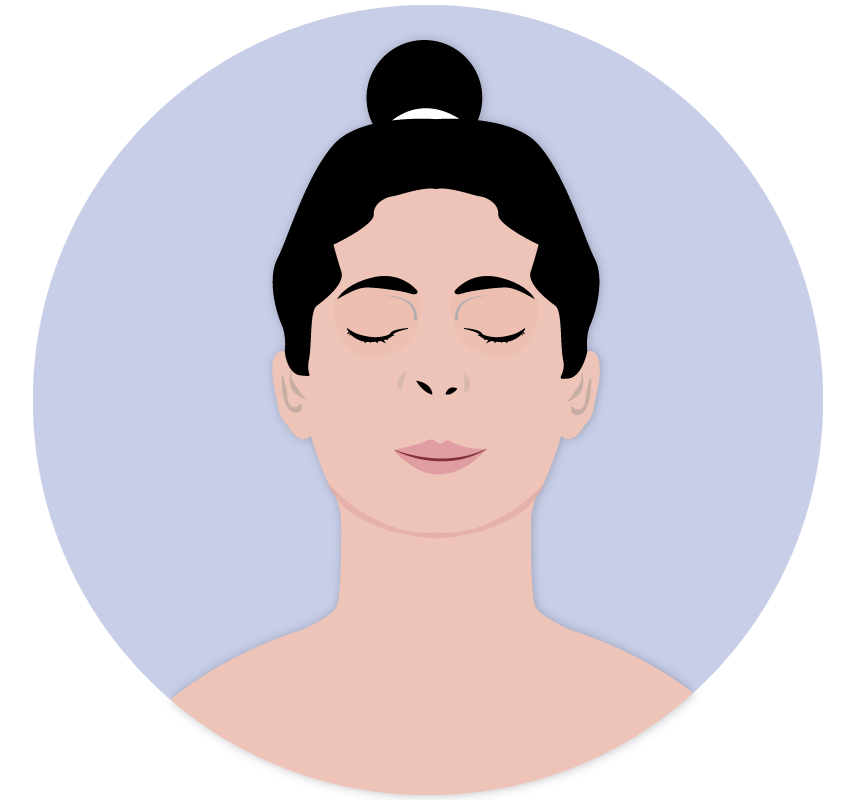
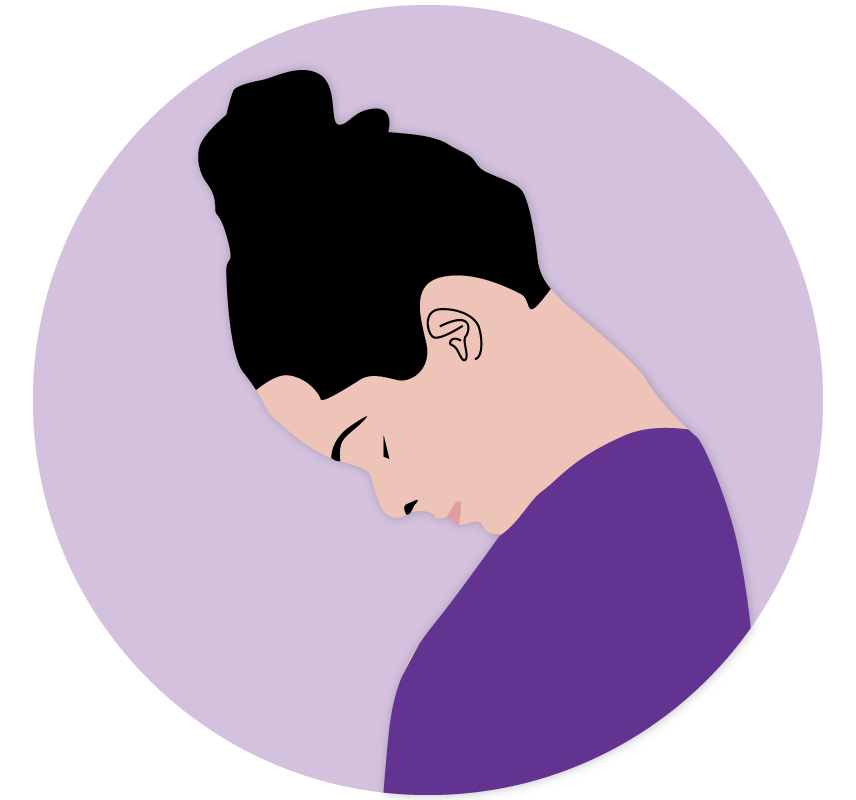
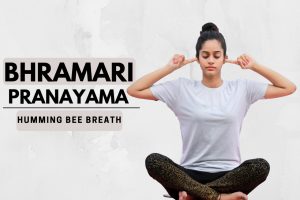
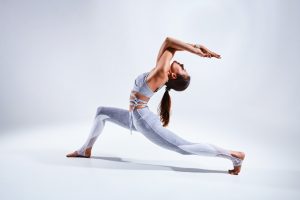
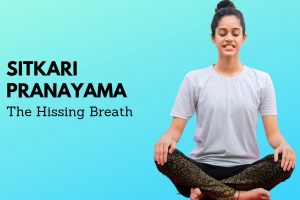
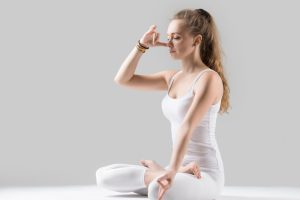
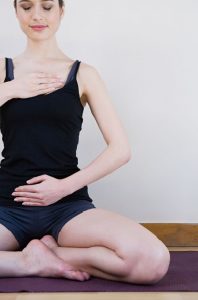
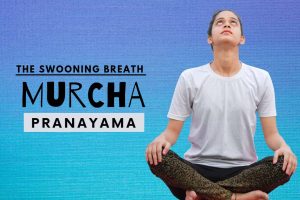
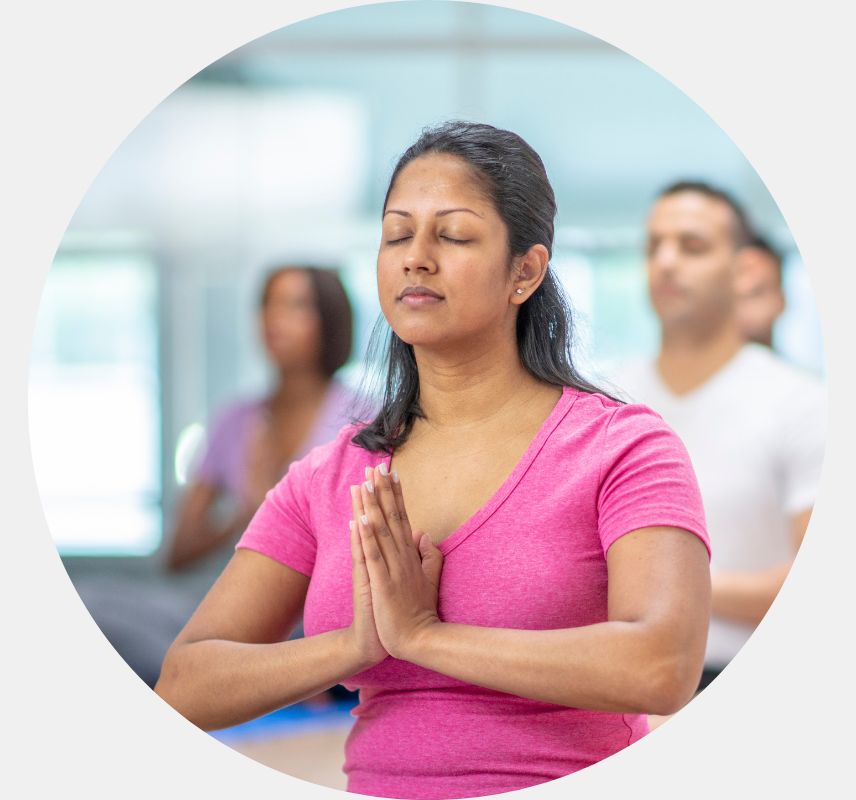

best asanam for balancing issues of Sofware Engineer spending his major time in front of computer
There are other types of Prayanama which i cant differentiate with the above 8 limbs of prayanama. would you please combine them all in order and sequence to do step by step.
Nadi Shodan
Anulom Vilom
Sama Vritti
Dirgha
regards
udgeeth
I have high blood pressure 134/80. I am attempting to reduce my blood pressure naturally.
What Pranayama’s should I be practicing and what yoga postures should I be doing.
I am a beginner and need guidance on the most effective practices.
i am suffering from Epilepsy since last 16years. Get Head aches , strokes and some time struck like a stone idol or statue for some minutes. kindly guide me
The best article on pranayama ever! I wonder if you hold pranayama class? I am currently in Rishikesh.
Mikki currently there are no in-person classes we are running in Rishikesh but only online classes. Will definitely inform you if we plan so.
Can I do anulome vilome standing
No traditional pranayama, including anulom vilom, is advised to be done in a standing position. The basic idea is, body happens in a balanced position when we sit cross-legged on an even surface, preferably; sukhasana (easy pose) or padmasana (lotus pose). A standing position can’t be stable and comfortable for pranayama.
Which Pranyam should I do if I have, iron deficiency in body, high pitta dosha, Lots of white, thin hair at age of 28?
Anulom vilom and kapalbhati are two common pranayamas that would be helpful in this condition.
Great Post!!
I had a question, relating to Kapalbhati Pranayama, I have experienced irregular menses or prolonged menses whenever I practice that. (I have tried it in both and fast pace.). Could there be a specific reason for that?
In Kapalabhati, the breathing is with high force hence sometimes can negatively impact glands responsible for menstruation. However, it’s not a certain fact but irregularity can be seen according to the body type and individual’s practice procedure.
Therefore because of the fast breathing pattern of kapalbhati, it’s not recommeneded during menstruation.
Hi! Great site with so many articles with references, awesome!
I have a question about a health problem that was possibly caused by a breathing exercise I have done in the past. About three years ago I did Wim Hof breathing (like Tummo) daily for many months. I think I overdid it and it caused muscle spasms and cramps that never went away. Something is off with the PH value I think which affects an electrolyte imbalance. I did some checkups, but nothing was found. Any idea if I can reverse something of this with another breathing exercise?
Thanks!
Hello! I appreciate your comment. Regarding this breathing technique, frankly telling, I wasn’t aware of it in the very first place. After little research, I found how it actually looks like. As far as I understand, due to the strong emphasis on “breath retention”, it may have disturbed the CO2 level in the blood which leads to a change in pH.
To work on this, you can start with simple stretching of those body areas that have muscle spasms. Once you’re comfortable with stretching, try to incorporate it with simple deep breathing – with inhale, stretch the affected area, and on exhale, release this stretch slowly. Hope it will help!
Justt amazing write up. I havent read anything in so much detail – all in one article. Very well written…Thank you.
It is not only extension of life force it is also help to extend ourself, thought,spirituality………
Very well described Rishita
I have a question
Can pranayama practice increases the life span?
Thank you for the post appreciation, Pallavi.
As i have described in the post itself, In Yogic terminology, the life span of a person is counted with a fixed amount of breath counts s/he have. So basically if you’re able to manipulate your breathing through pranayama (& thus, control uses of fixed breath counts), definetly it can extend life span.
The further I read, the better your content is.
Thank you Dr. Rishita, the journey is tough but as beginners, we would definitely get there with your help.
Yes Divine-Jordan, by the regular & correct practice you can get over even the toughest practice like pranayama. Keep practising it. In yoga, neither a person is a beginner nor an advanced.
Namaste 🙂
The way you have described the history of pranayama using text (chandoyoga upnishad), it’s amazing to read about pranayama. I learned a lot of new from this lengthy article! Though it’s a lengthy one, every piece of information in it deserved to be read by a beginner in yoga, like me.
Thank you Sarah! In yoga, there are many aspects that can make understand clearly with the help of ancient Hindu texts. In Pranayama’s history, I used the same approach. I am glad you have liked it 🙂
Nice post!
Great post.
I am glad you like the post. Thank you, Royvia.